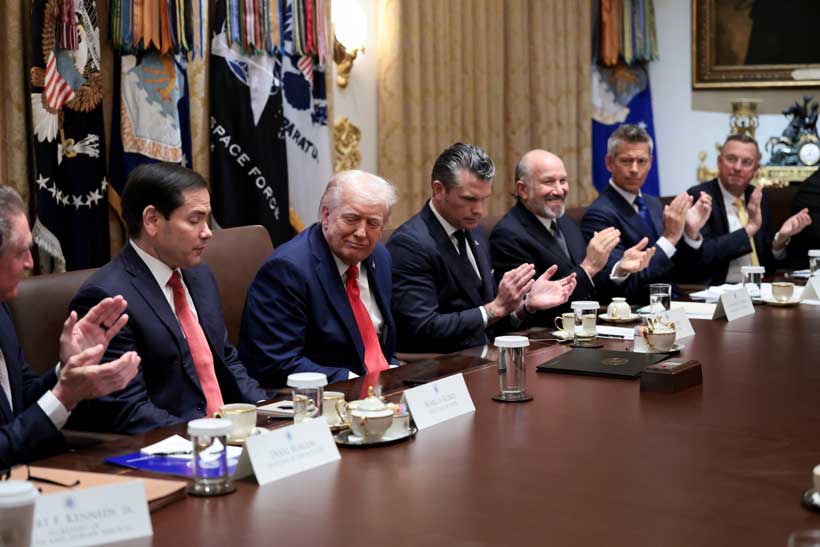U. S. President Donald Trump believes the new deal between Israel and Hamas is a step towards lasting peace, aimed at ending the two-year Gaza war. The agreement, reached after indirect talks in Sharm el-Sheikh, includes a ceasefire, exchange of hostages for Palestinian prisoners, and a partial Israeli withdrawal from Gaza. However, many challenges remain, such as the details of the Israeli withdrawal, ensuring Hamas disarms, and finding a way to prevent future conflicts.
Despite Trump’s request for Israel to stop bombing when Hamas showed partial acceptance of his plan, airstrikes in Gaza continued, resulting in numerous Palestinian casualties. Celebrations erupted in Israel and Gaza after the announcement of the agreement, even though fighting still persisted. Unlike previous ceasefire deals that had set deadlines, this agreement does not specify a time limit for a full resolution, leaving questions about its durability.
Some members of Netanyahu’s coalition are already discussing the possibility of further military action against Hamas after the hostages are returned. Finance Minister Bezalel Smotrich called for Hamas’s destruction, indicating ongoing tension. Trump’s assertive stance may help ensure both sides adhere to the deal, but caution is warranted based on historical outcomes.
Trump presented his plan alongside Netanyahu in Washington but faced challenges when Hamas only partially accepted it. He swiftly urged Israel to halt military operations while warning Hamas of severe consequences if they did not comply. This boldness may address concerns about who will oversee the agreement’s stability.
The ceasefire is set to activate once Netanyahu’s government ratifies the agreement, which will occur after a security cabinet meeting. An Israeli spokesperson indicated the ceasefire would start within 24 hours post-meeting, with hostages expected to be released within 72 hours afterward. Israeli troops will begin a pullback after the signing, and humanitarian aid to Palestinians should be initiated soon after.
U. N. Secretary-General Antonio Guterres called for unrestricted access for humanitarian relief in Gaza. Trump’s plan also envisions an international stabilizing force, which will be discussed in a meeting involving European and Arab officials in Paris, covering governance, aid, and reconstruction in Gaza.
Both Israel and Hamas have shown willingness to respond favorably to Trump’s influence, although each faces unique political pressures. Netanyahu may support the deal to align with the U. S. and satisfy the Israeli public, while Hamas, under external pressure, may accept the deal, betting on Trump’s commitment to ensure peace in the short term, even as the negotiations aim to exclude it from future prominence.
The Gaza Deal is Signed. But is the War Really Over?
U. S. President Donald Trump believes the new deal between Israel and Hamas is a step towards lasting peace, aimed at ending the two-year Gaza war.


